Adding a practical perspective to this story, Hanoi Moi Weekend had an interview with Associate Professor Dr. Nguyen Van Hieu - Principal of the School of Interdisciplinary Sciences and Arts, Vietnam National University, Hanoi - about the issue of training human resources in the field of creative culture associated with practice, especially in the context of Hanoi being a member of the UNESCO Creative Cities Network.

From educational philosophy
- Dear Associate Professor, Dr. Nguyen Van Hieu, recently, in many cultural and creative events in Hanoi , it is easy to see the active presence of teachers from the School of Interdisciplinary Sciences and Arts in the role of guides and professional advisors. This must be the result of a long-term strategy in building a team of experts to serve the school's educational philosophy?
- As the journalist commented, the presence of the school's teaching staff in cultural and creative events in Hanoi is not accidental, but the result of a strategic development process, closely linked to the school's educational philosophy in the field of culture and art associated with social practice.
We always clearly orient training, research and practice to be closely linked to social life. The school has attracted a force of interdisciplinary experts - from artists, researchers, designers, cultural managers - who are not only academically minded but also capable of leading and influencing in public creative spaces and social projects.
- I remember, when the school was still the Faculty of Interdisciplinary Sciences, you yourself were one of the people who directly created the interdisciplinary training model?
- Yes, this model is not simply an academic choice, but comes from the practical requirements of society and the development trends of the country. Since the time we were the Faculty of Interdisciplinary Sciences, we have determined that in order to train human resources capable of adapting to new contexts, it is necessary to break down rigid boundaries between fields, creating an open academic space where learners can integrate knowledge from many different fields to understand and solve complex problems.
- From educational philosophy to implementing a specific program is a long and challenging story. How is interdisciplinary and inter-disciplinary nature reflected in the training program, sir?
- At the School of Interdisciplinary Sciences and Arts, the interdisciplinary approach is clearly realized in each training program. For example, a student studying creative design not only learns about applied arts, but also has access to knowledge about culture, digital technology, communication and management. Heritage students not only study theory, but also participate in fieldwork, build experiential products, work with the community, have knowledge about communication and branding strategies... All of these components aim to train a new generation of creative human resources - capable of working in complex environments, creating added value from cultural and artistic knowledge.
To the quality of human resources
- And is this directly related to meeting human resources needs to serve the goal of industrialization and, more broadly, contributing to the creative economy - a trend considered a new driving force for sustainable development?
- In the context of cultural and creative industries becoming a new driving force for sustainable development, interdisciplinary thinking is no longer a strange concept, but has become an urgent requirement. The strategy for developing Vietnam's cultural industries to 2030, with a vision to 2045 approved by the Government, clearly affirms the goal of building the cultural industry into an important economic sector, associated with promoting national identity and international integration.
And the creative economy, with a focus on cultural industries, is widely recognized as one of the new growth drivers, capable of creating high added value, contributing to sustainable development and building a national brand. However, to develop this field, the key factor is human resources.
The interdisciplinary training model of the School of Interdisciplinary Sciences and Arts is designed to shape a new generation of creative workers. Graduates will not be simply artists or designers, but truly individuals who are able to bridge the gap between art, technology, management and society. They can work in creative spaces, cultural organizations, creative industry start-ups as well as participate in cultural policy making and community development.
Specifically, learners will have outstanding abilities such as creative thinking - design, skills in building cultural products/services, the ability to work in multiple fields, approaching the market from a local perspective combined with a global one, and especially the ability to communicate - connect - spread creative values. These qualities help them both meet modern labor needs and contribute to creating a creative ecosystem in urban areas, heritage areas or rural communities, where culture can become an important development resource.
In other words, the interdisciplinary training model not only creates a human resource that is “employable”, but more importantly, “capable of creating jobs”, “creating new values”, becoming an indispensable link in the knowledge-based and creative economy that Vietnam is gradually moving towards.
- Yes, that is the wish, but from the vivid reality of public-private partnership models that teachers and students of the School have participated in, such as Quan Thanh Night Tour, for example..., what is your assessment of the effectiveness, as well as the lessons learned from this cooperation model?
- This is indeed a long story, but to put it briefly, we see two clear lessons.
Firstly, the public-private partnership model in the field of culture and tourism can only be sustainable when there is real participation from all parties, in which education plays the role of a bridge between knowledge and application. Secondly, to transform cultural values into products that are viable for the public, we need a team of experts who are knowledgeable about heritage, have experience design thinking and creative communication skills - factors that we always focus on in training.
Initial results show that bringing students, lecturers, the community and businesses into the same project has created values beyond initial expectations. In addition to delivering specific products, it is also a process of forming interdisciplinary working capacity, chain thinking and social responsibility of learners.
- You once emphasized that we are inheriting a priceless heritage of art education. However, in practice, there are still many obstacles in preserving and sustainably promoting this heritage?
- Yes, we are inheriting an invaluable heritage of art education - with the foundation laid from the art education of the early 20th century, the starting point for the liberal art training model, combining East - West, theory - practice, creation - research. However, preserving and promoting that heritage in the current context is facing many barriers.
The biggest obstacle, in my opinion, lies in the incomplete understanding of the nature of art education. Studying art is not just about learning techniques, but also a process of training thinking, knowledge and personality. It is a combination of creativity and academics, between artistic emotions and theoretical foundations, in order to create works that are not only beautiful in form but also have deep meaning and influence on the community. A true art education must help learners develop a love of culture, the ability to perceive aesthetics, the ability to overcome stereotypes, and above all, character.
Therefore, promoting the heritage of art education is not simply preserving the old model, but renewing its spirit in the current context.
We define creative culture as more than a field, creative culture is a way of thinking - integrative, open and persistent. Creative culture, after all, is not purely in books, but starts from the way we live, learn and reconstruct the world around us every day.
- Sincerely thank Associate Professor, Dr. Nguyen Van Hieu.
Source: https://hanoimoi.vn/hieu-truong-truong-khoa-hoc-lien-nganh-va-nghe-thuat-pgs-ts-nguyen-van-hieu-dao-tao-nguon-nhan-luc-khong-chi-co-viec-lam-ma-con-phai-tao-ra-viec-lam-707376.html


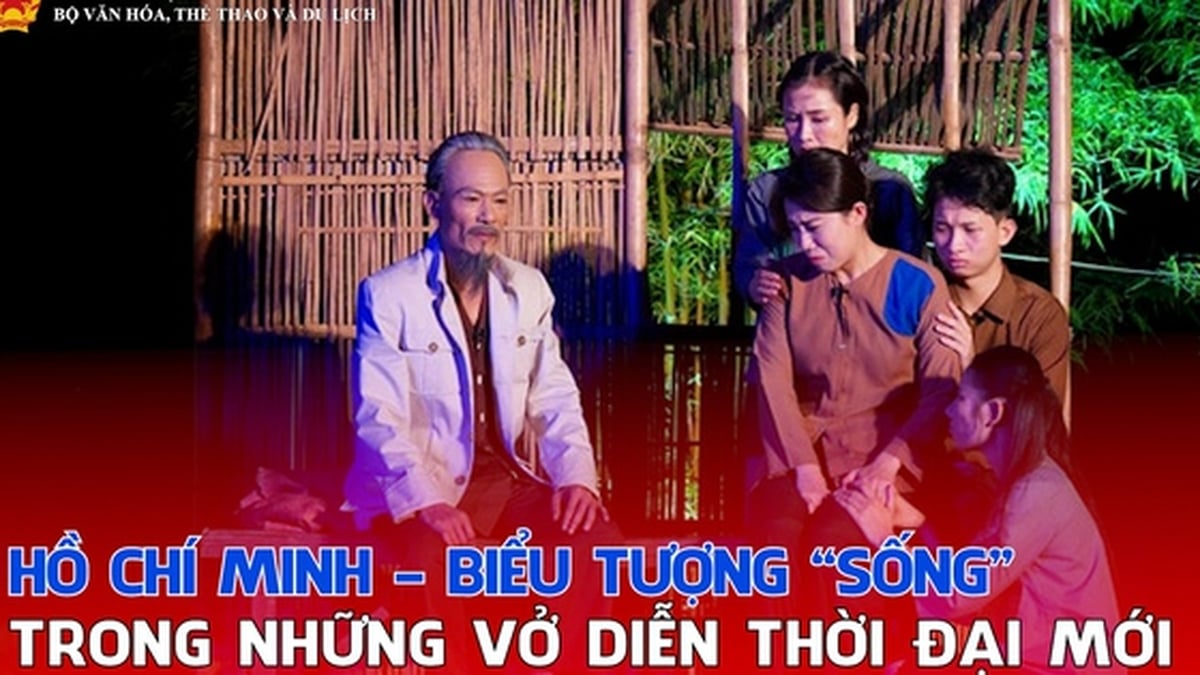
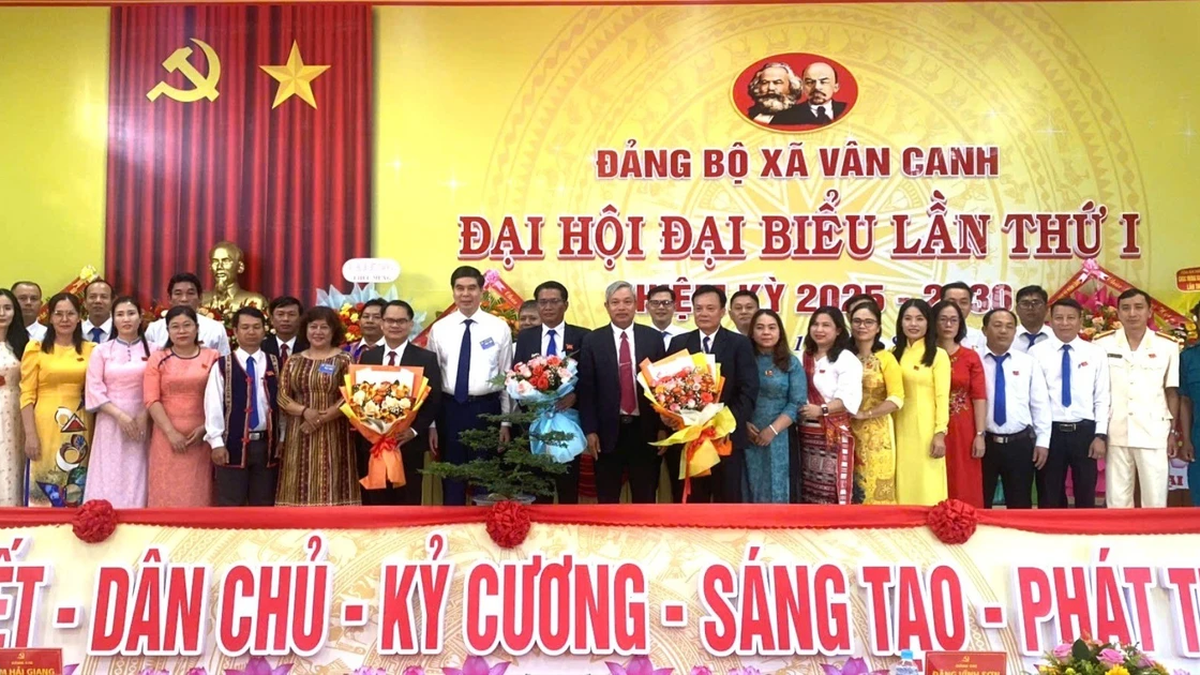
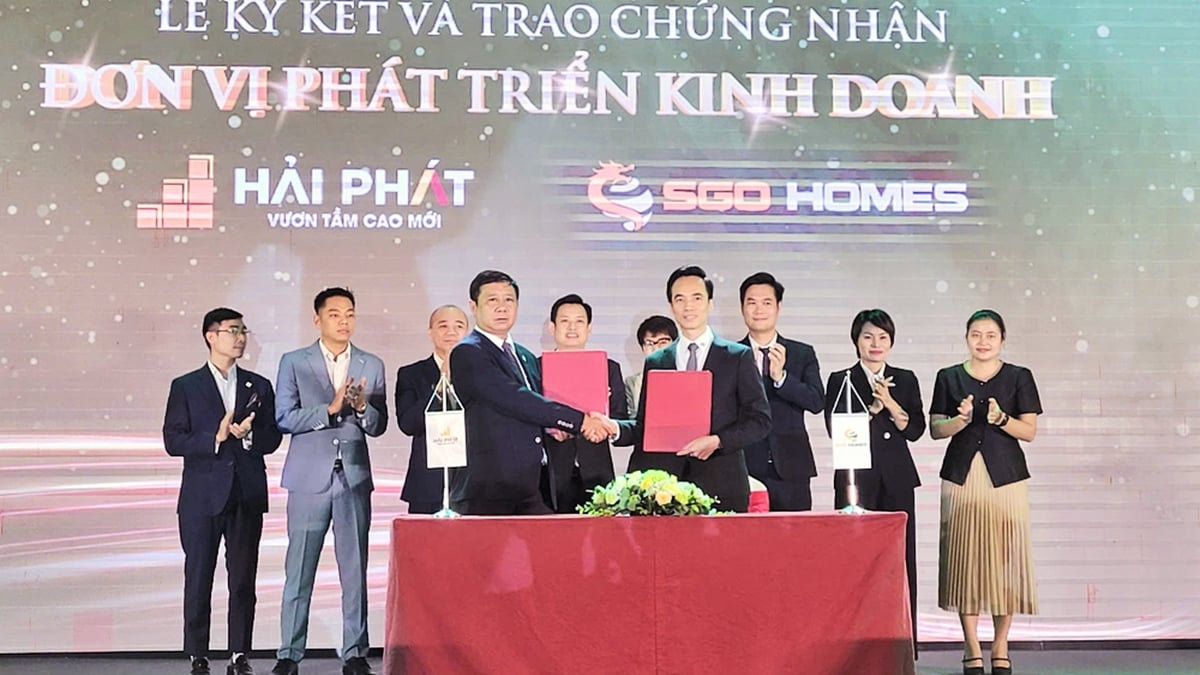
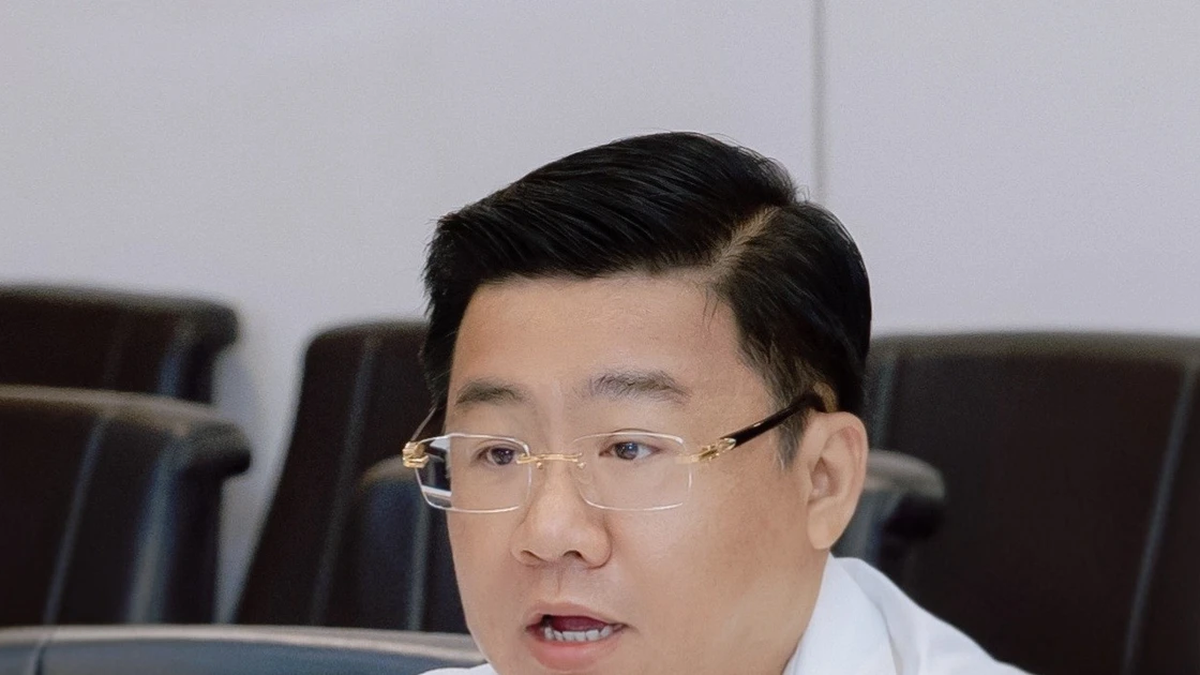
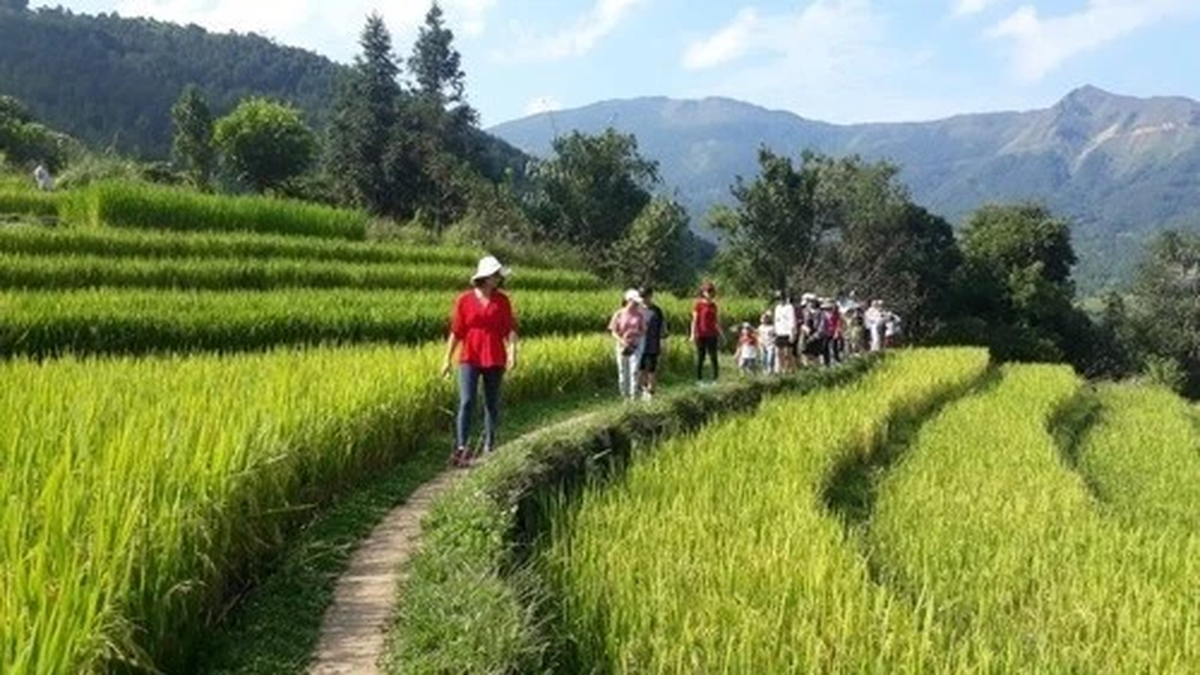
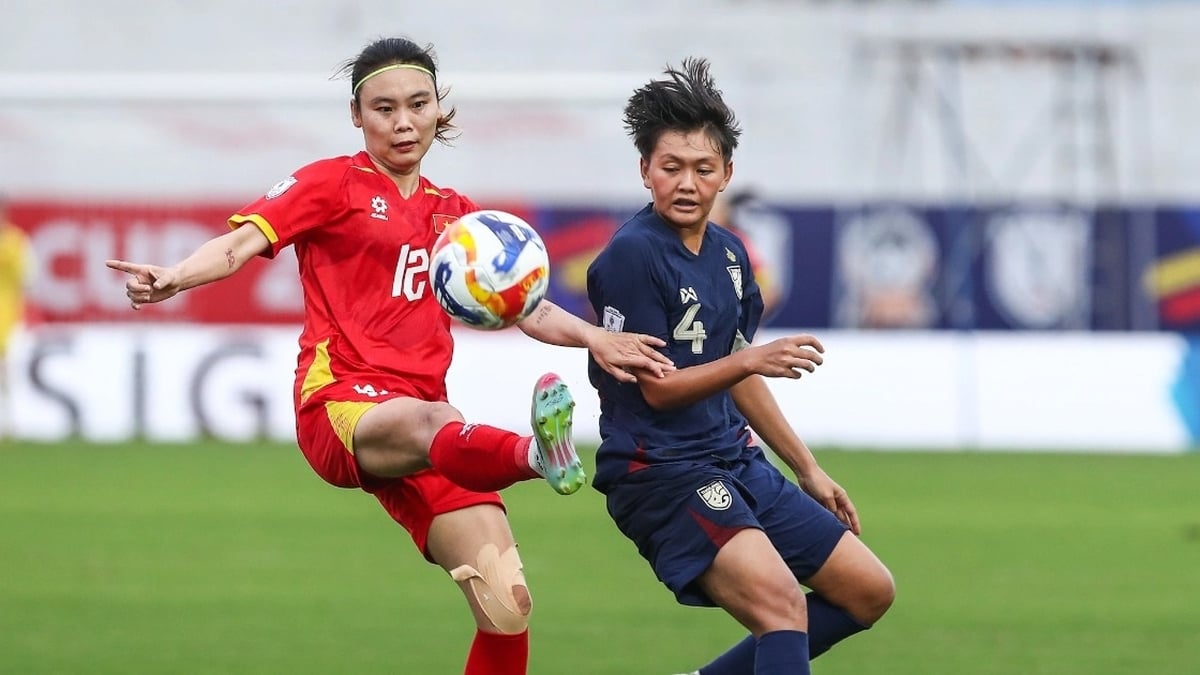
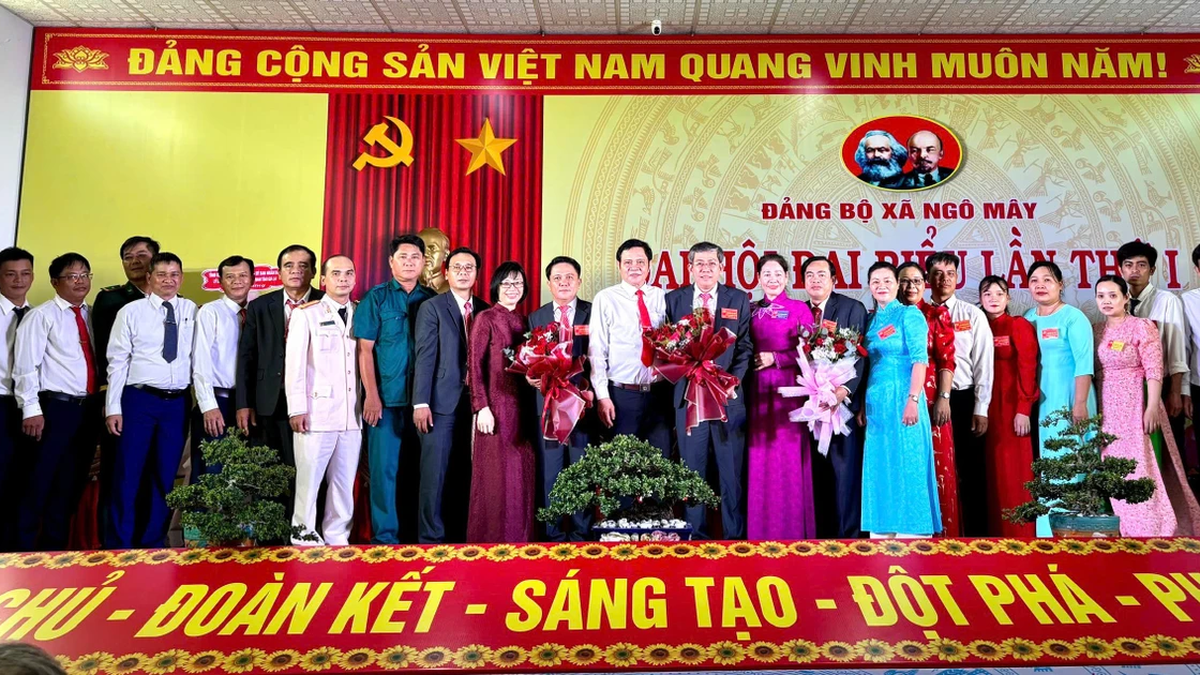
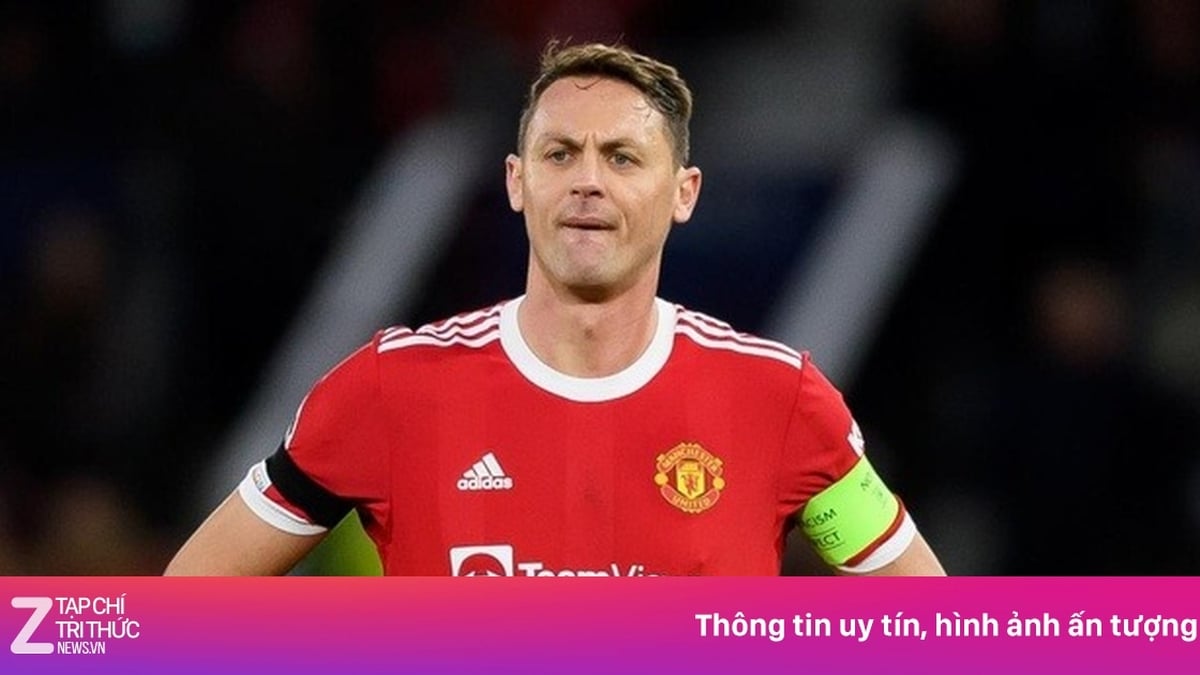
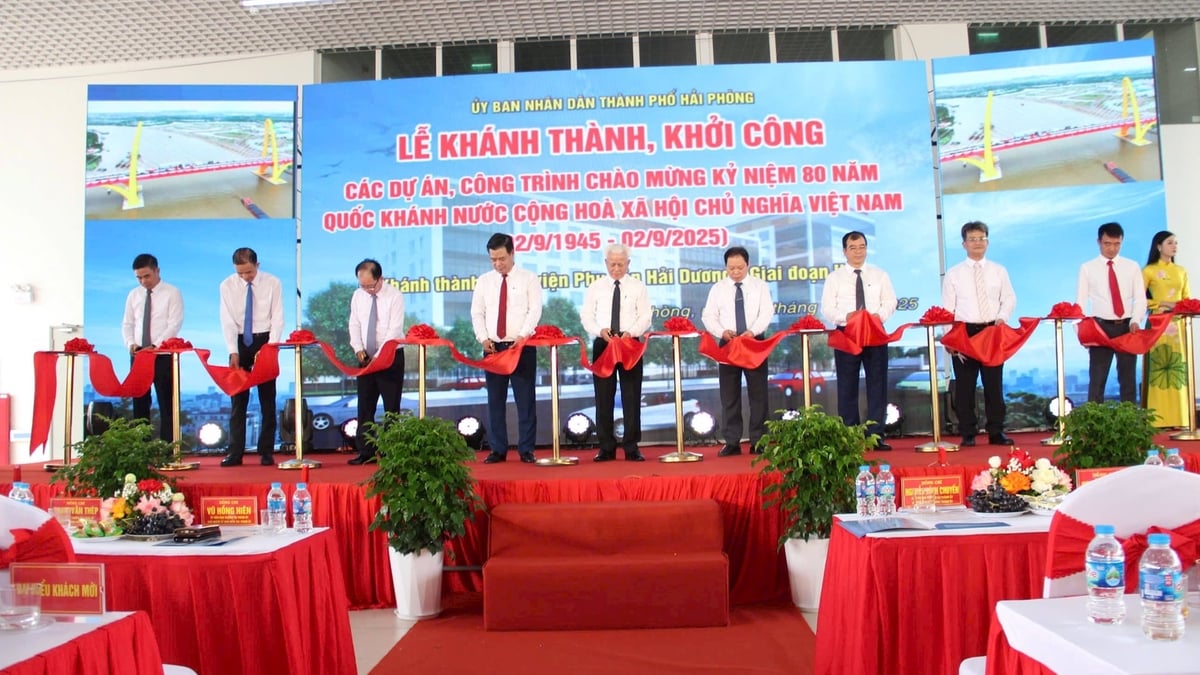

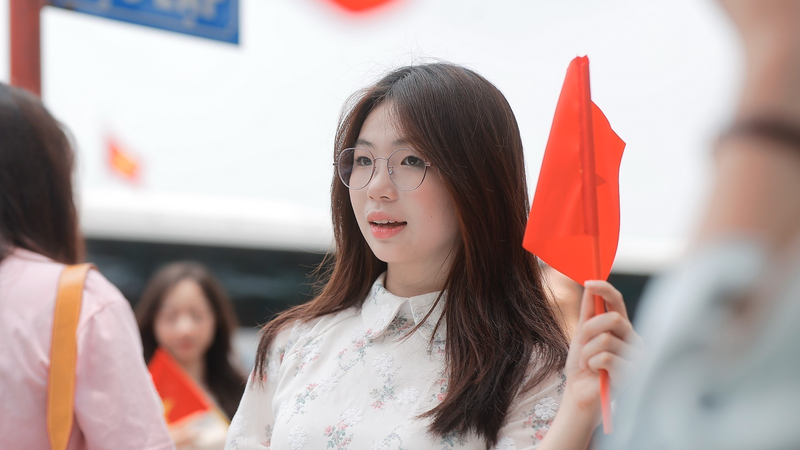
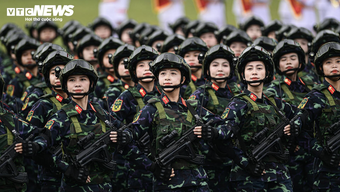
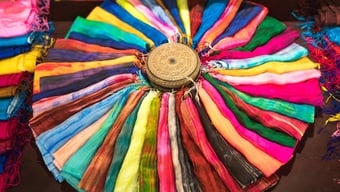


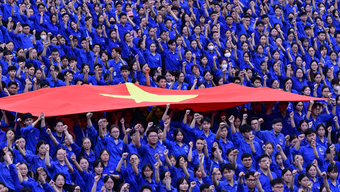

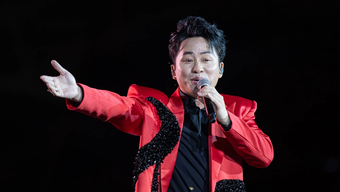
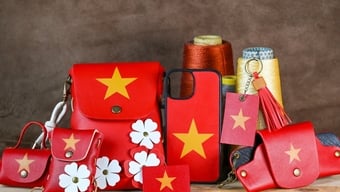

![[Photo] General Secretary To Lam and President Luong Cuong attend the handover ceremony of the Presidential Office Headquarters](https://vphoto.vietnam.vn/thumb/1200x675/vietnam/resource/IMAGE/2025/8/19/a37cfcbd301e491990dec9b99eda1c99)
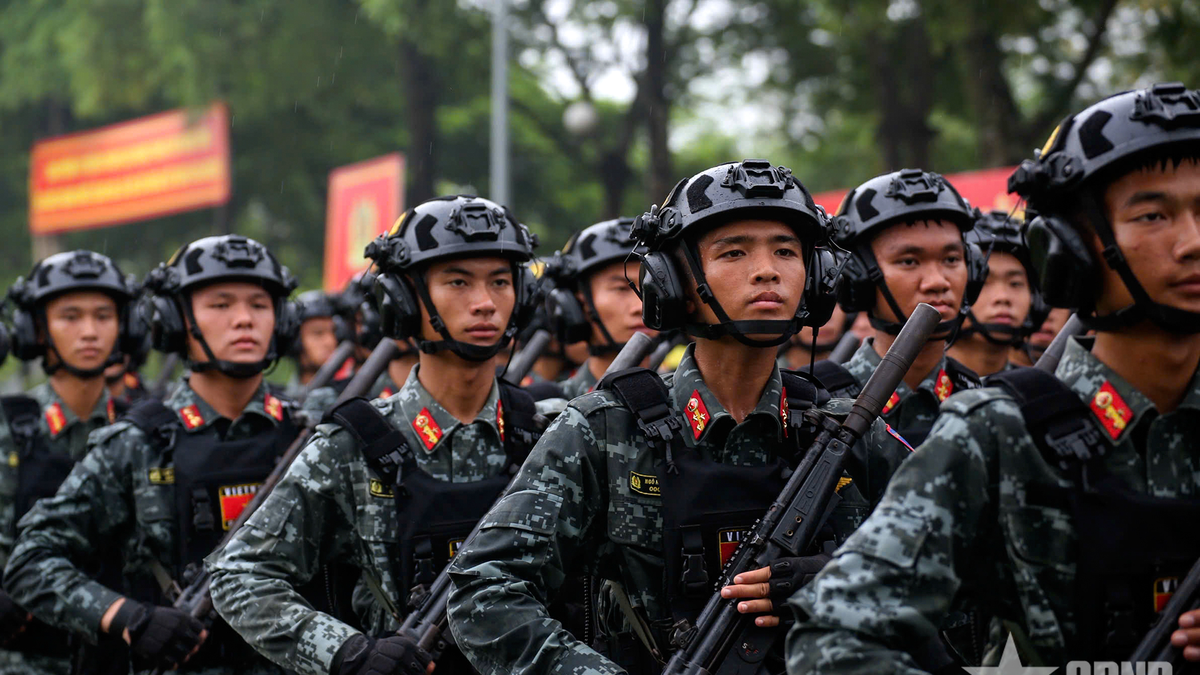
![[Photo] President Luong Cuong's wife and Queen of Bhutan visit Tran Quoc Pagoda](https://vphoto.vietnam.vn/thumb/1200x675/vietnam/resource/IMAGE/2025/8/19/62696af3852a44c8823ec52b03c3beb0)
![[Photo] General Secretary and Prime Minister visit the National Exhibition and Fair Center](https://vphoto.vietnam.vn/thumb/1200x675/vietnam/resource/IMAGE/2025/8/19/f4503ad032d24a90beb39eb71c2a583f)
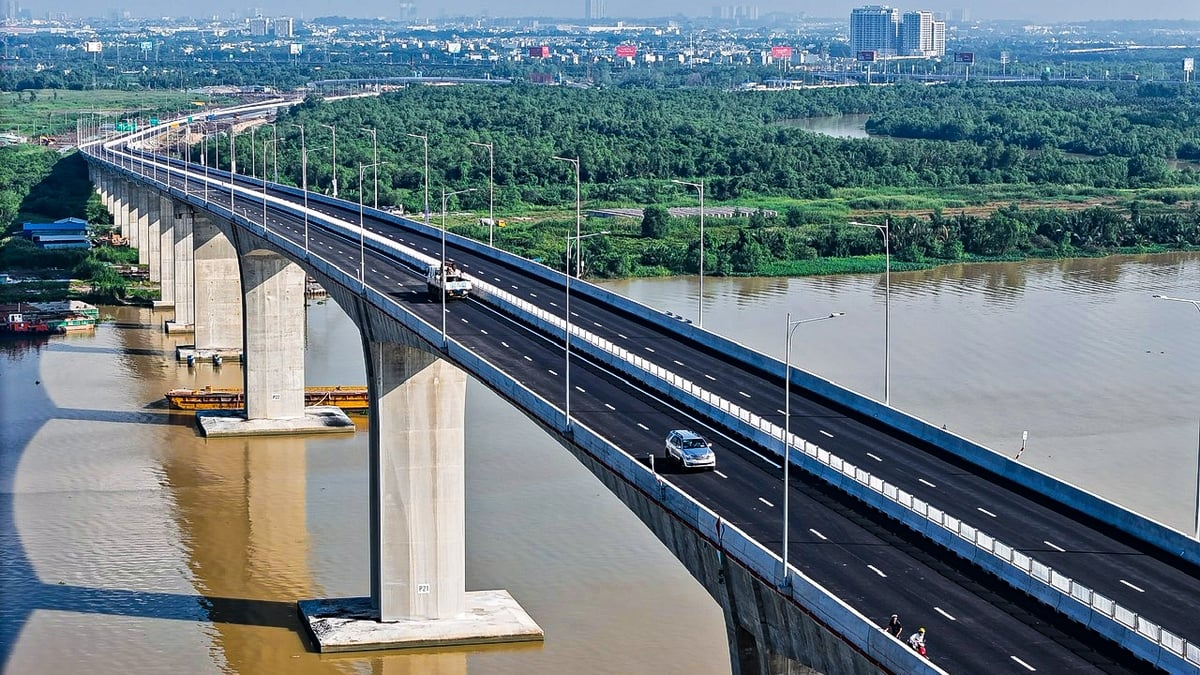
![[Photo] Close-up of the first International Financial Center building in Ho Chi Minh City](https://vphoto.vietnam.vn/thumb/1200x675/vietnam/resource/IMAGE/2025/8/19/3f06082e1b534742a13b7029b76c69b6)
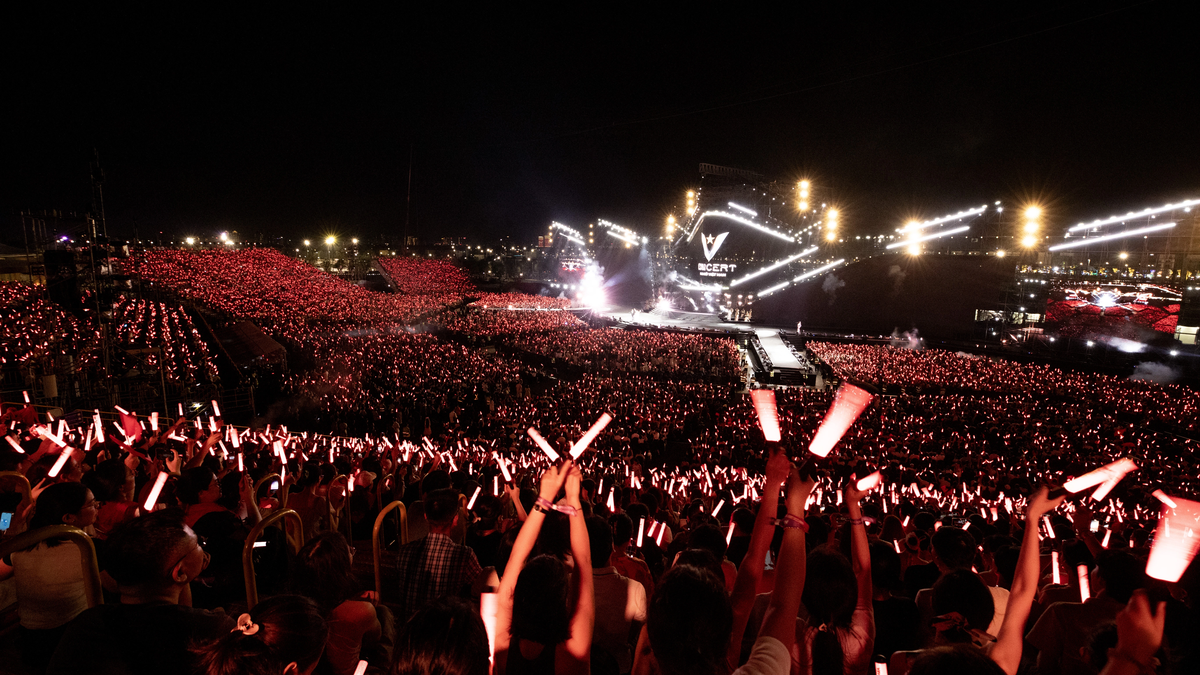
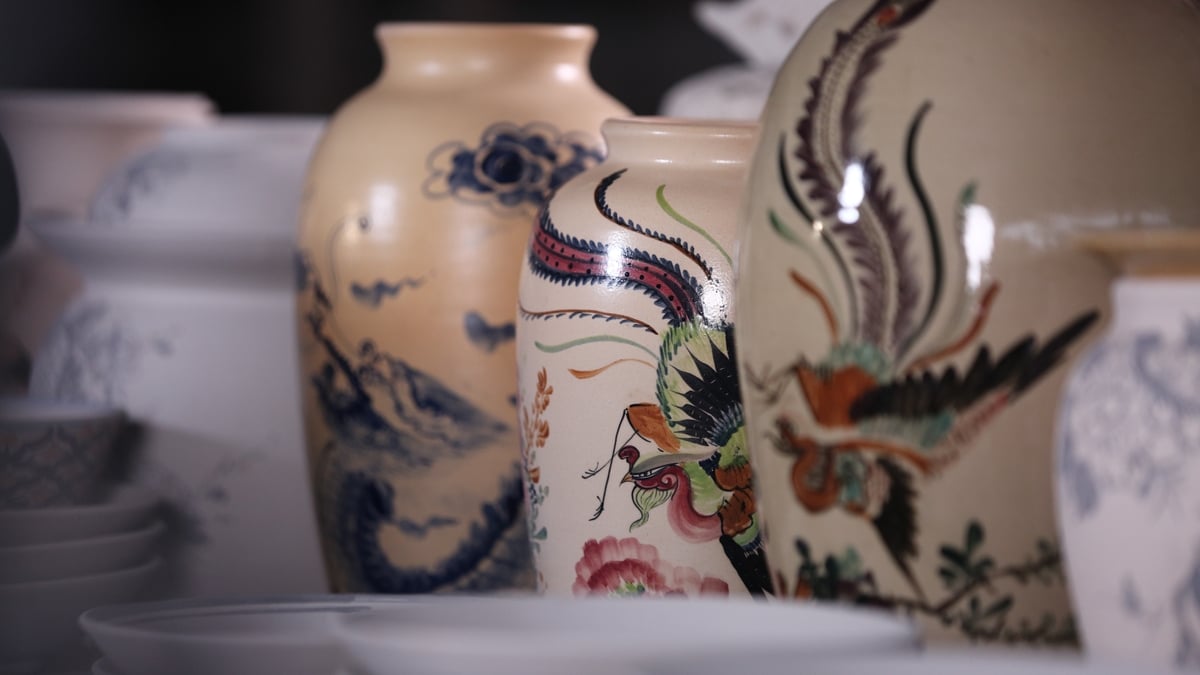

![[Photo] General Secretary To Lam attends the inauguration and groundbreaking ceremony of 250 projects to celebrate National Day](https://vphoto.vietnam.vn/thumb/1200x675/vietnam/resource/IMAGE/2025/8/19/3aa7478438a8470e9c63f4951a16248b)
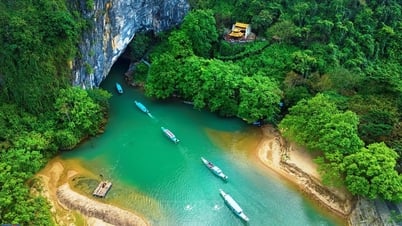

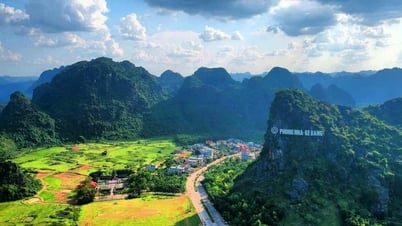

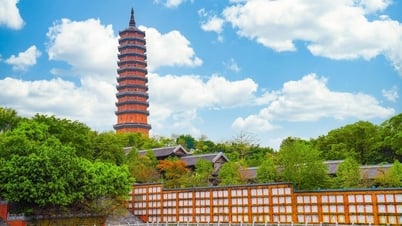

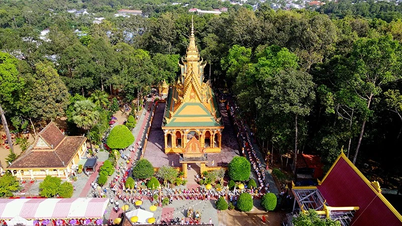

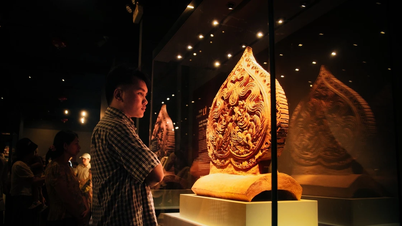

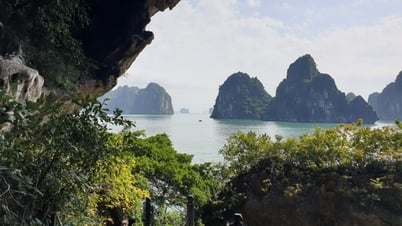

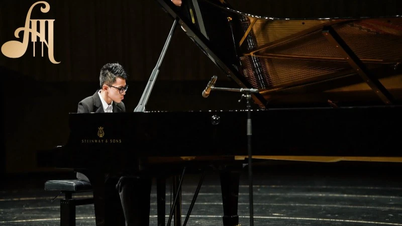
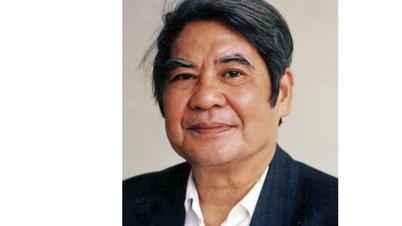

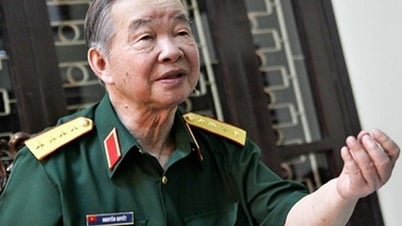

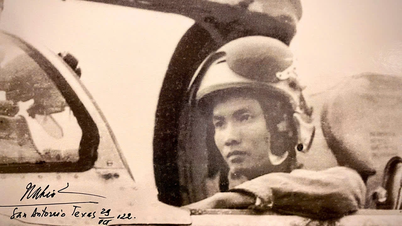

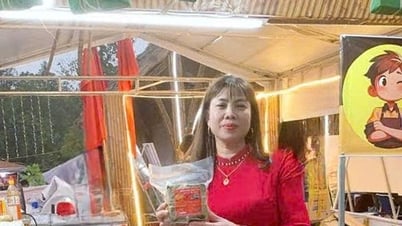

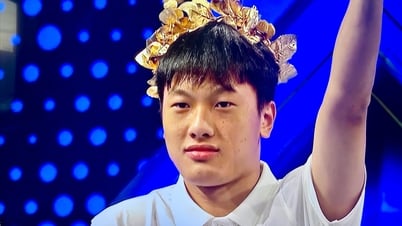

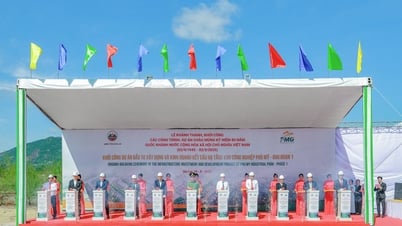

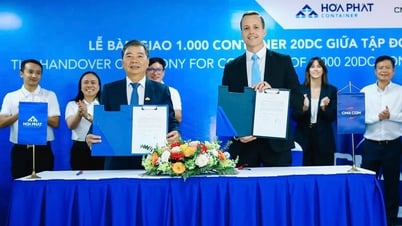
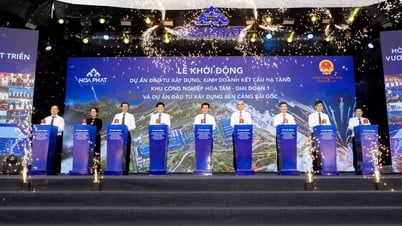
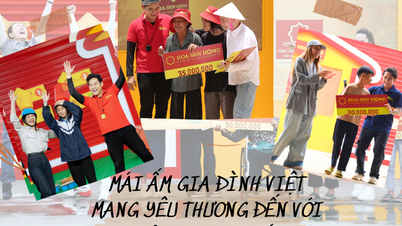

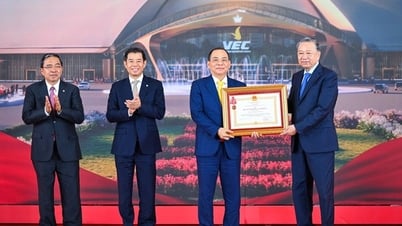

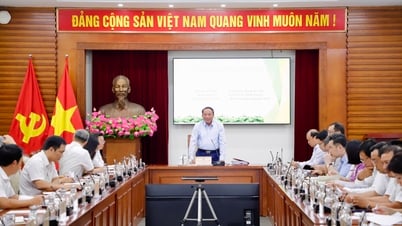
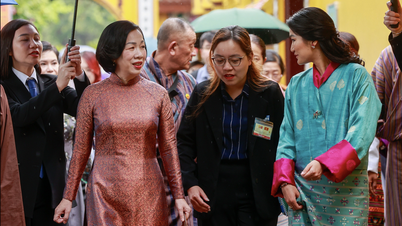

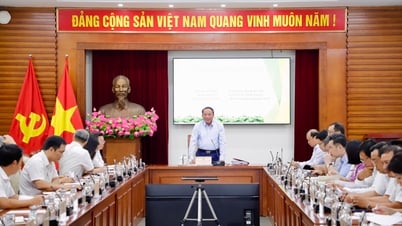

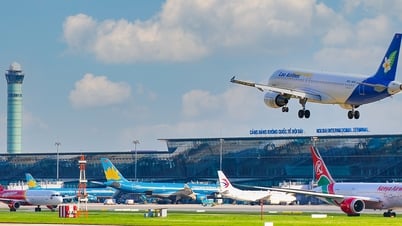
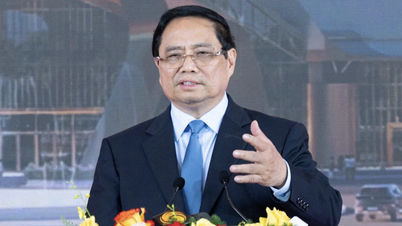
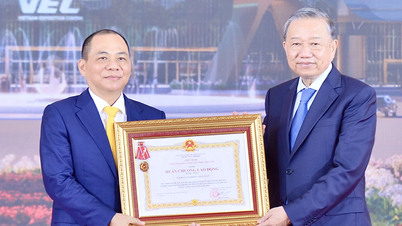

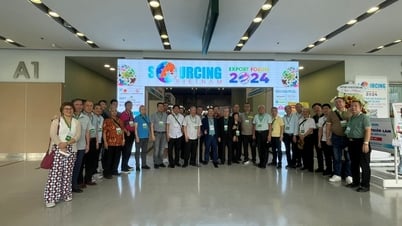

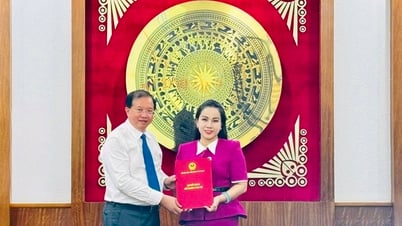
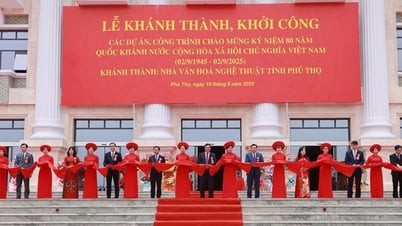
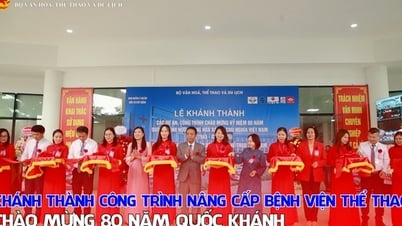
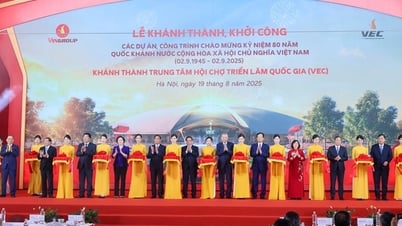







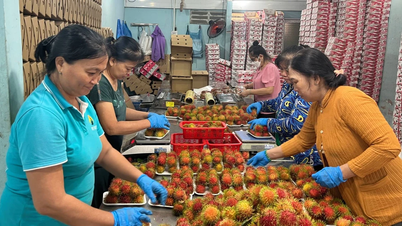


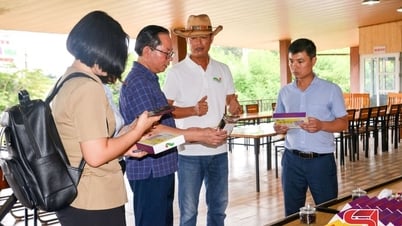




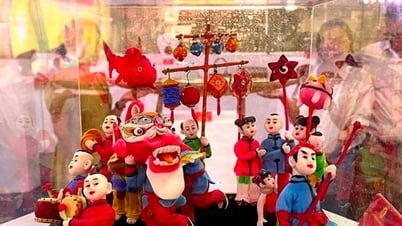





Comment (0)